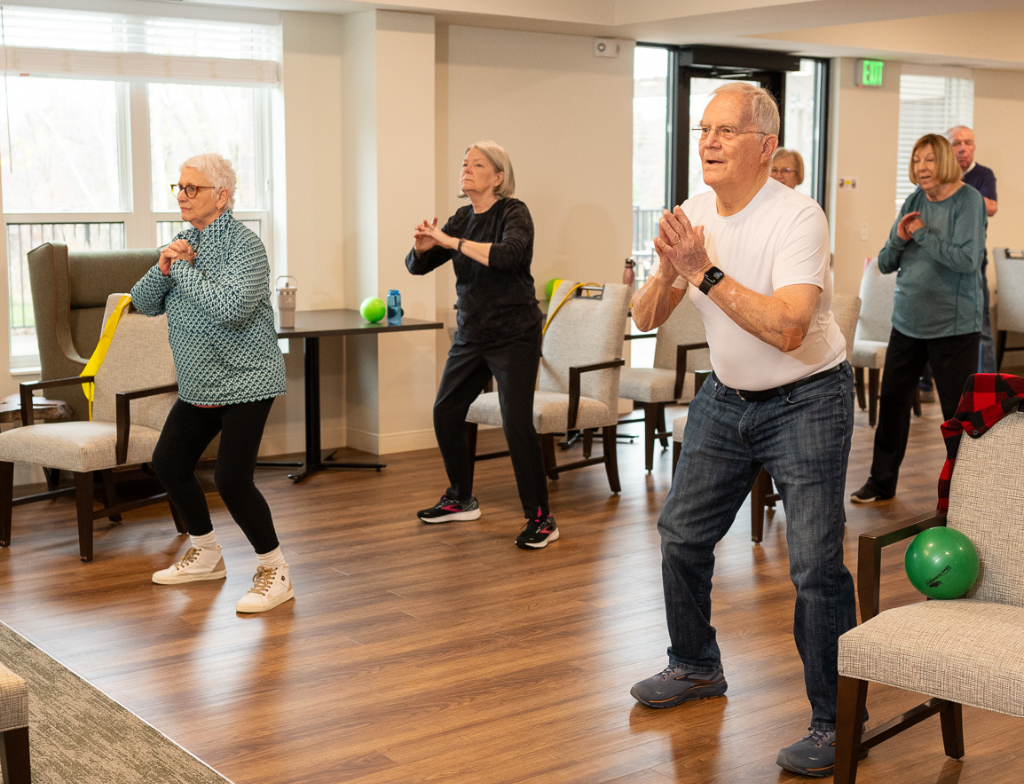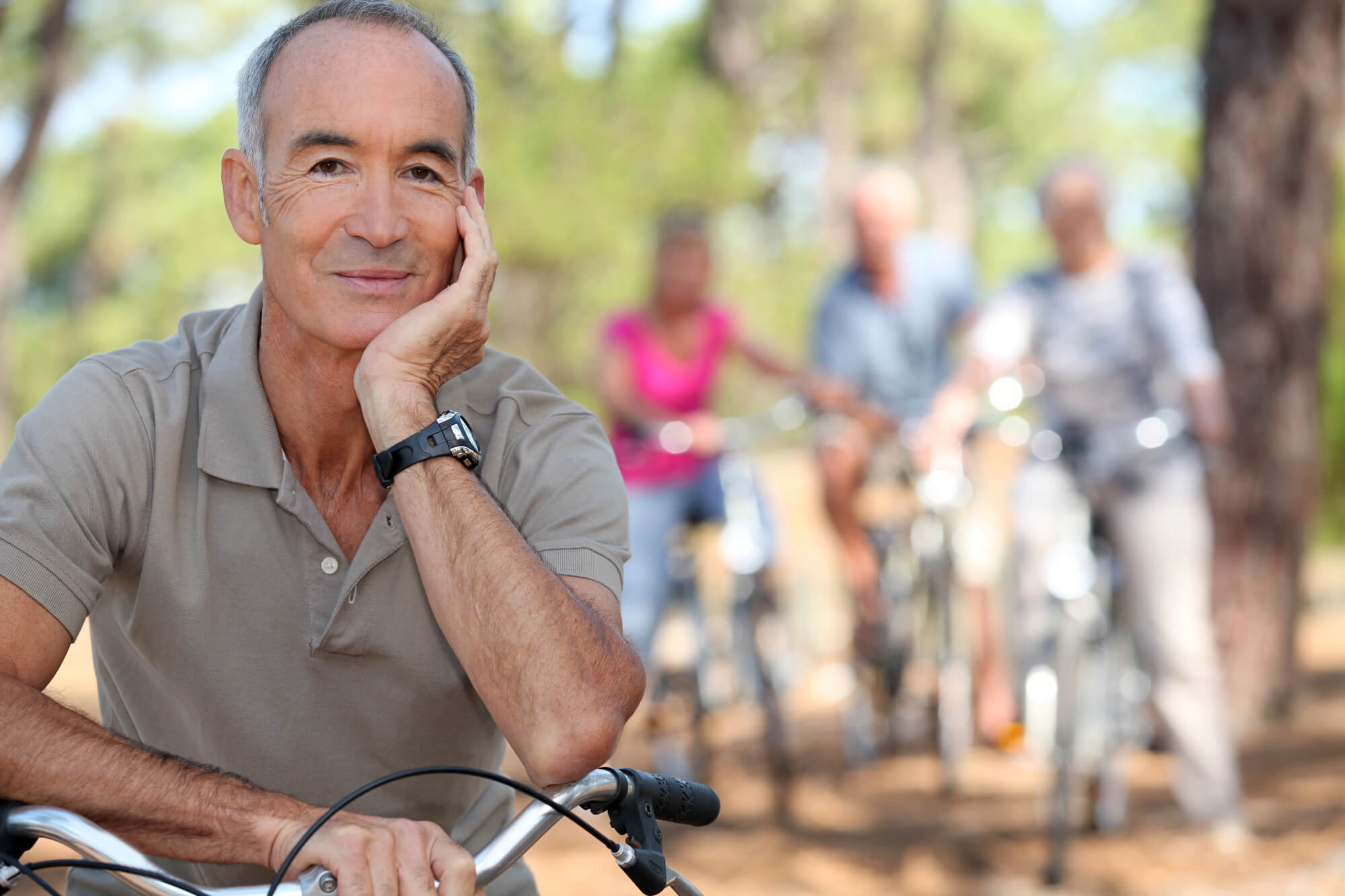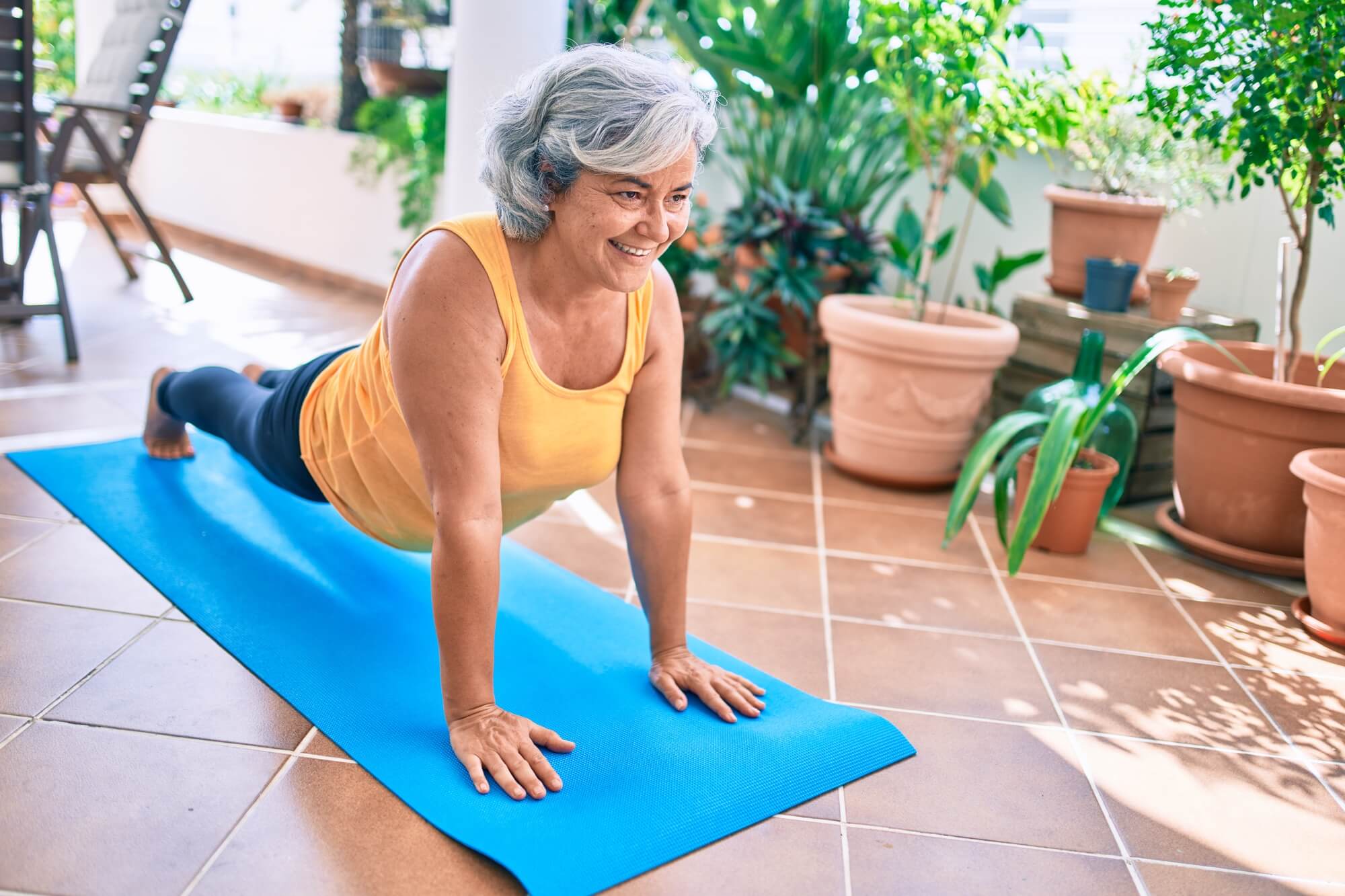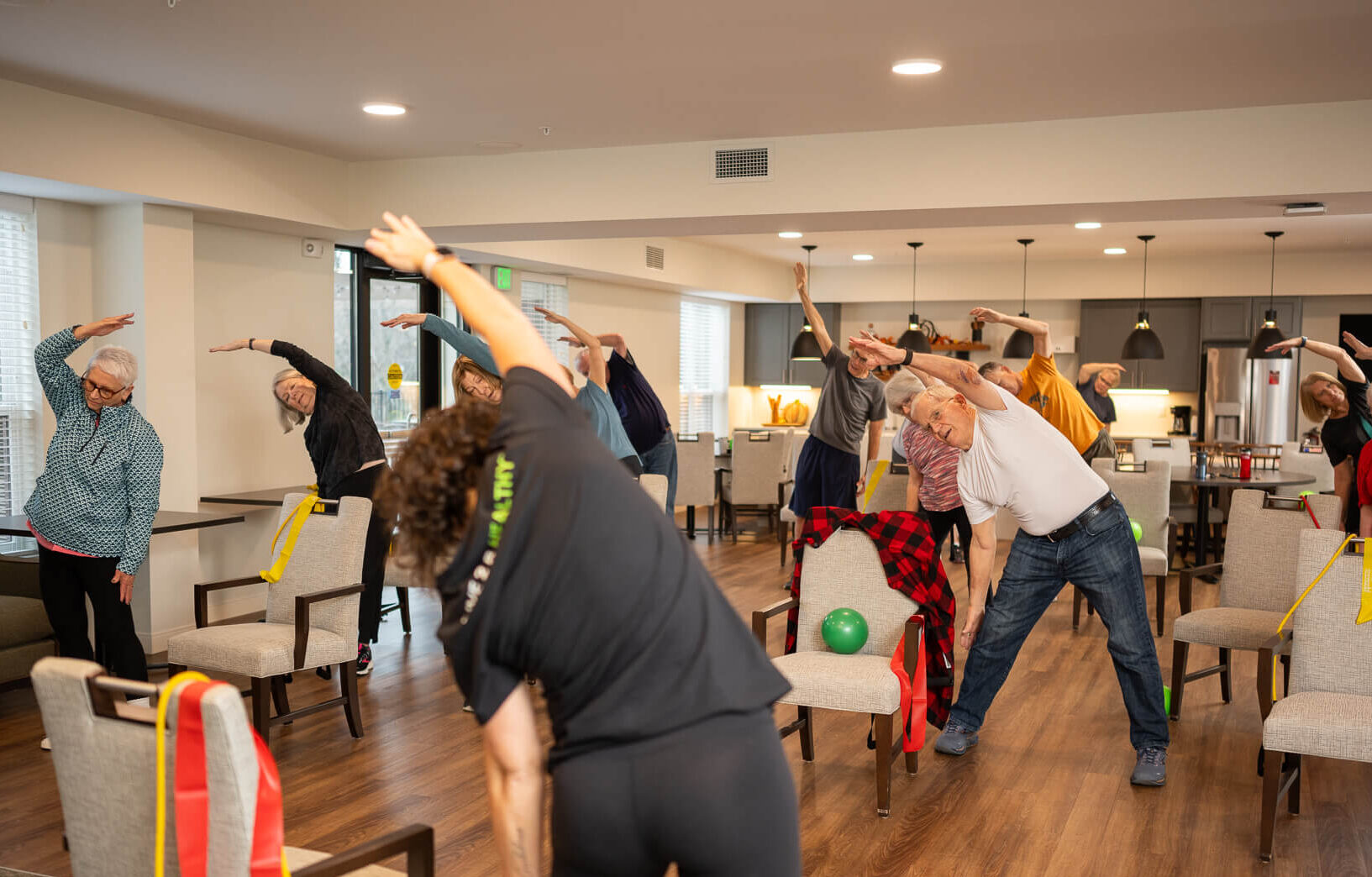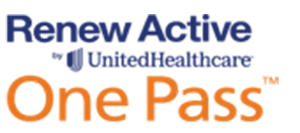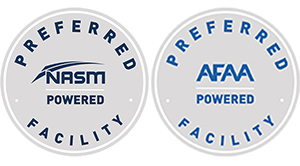Falls are the leading cause of injury and death among seniors, often resulting in costly hospitalizations, increased insurance premiums, and a negative reputation for communities that fail to prioritize resident safety. As our population ages, the importance of health and safety in senior living environments becomes increasingly critical.
If you have never considered how the safety of your residents could influence the financial health of your senior community, the time to do so is now.
That’s because in a competitive market, the stakes are high: ensuring that your community is known for its commitment to well-being can set you apart from others.
Implementing a comprehensive senior community fall prevention program not only promotes the health and quality of life for residents but also fosters a more sustainable financial future for senior communities.
From reducing healthcare costs to enhancing occupancy rates, the benefits extend well beyond basic safety measures. In this article, we will explore how a strong fall prevention strategy can contribute positively to your community’s financial success, making it a wise investment in both wellness and revenue.
Why Preventing Falls is Important
As we age, the risk for falls rises, and maintaining our balance and stability becomes increasingly important. Falls are a leading cause of injury among seniors, often leading to a loss of independence and serious health issues.
Falls are a significant health hazard for older adults, often leading to a cascade of physical and emotional challenges. Among the most common consequences for seniors from falls are:
-
- Bone Fractures: Seniors are particularly susceptible to breaking bones in older adult falls due to decreased bone density. Commonly affected areas include the hips, wrists, and ankles, which can lead to severe pain and disability, often requiring surgeries or extensive physical therapy. Fall prevention exercises focus on improving muscle and bone health to prevent the worst effects of falls.
-
- Head Injuries: Falls can cause serious head injuries, such as concussions or even more severe traumatic brain injuries. These injuries can impair cognitive functions, affecting memory, reasoning, and even personality, and can have lasting impacts on a senior’s health and lifestyle.
-
- Fear of Falling Again: Once a senior has experienced a fall, there is often a lingering anxiety about falling again. This fear can lead to reduced activity levels and more social isolation, as they may avoid walking or engaging in physical activities that they perceive as risky. This reduction in activity can, paradoxically, increase the risk of falling by leading to weaker muscles and less balance.
-
- Risk to Independent Lives: Injuries from falls can make it difficult for seniors to perform daily activities and tasks independently. This loss of self-sufficiency can affect their quality of life. It may necessitate the need for home modifications, in-home care, or even a transition to an assisted living or nursing home environment.
These consequences highlight the importance of fall prevention strategies and interventions from healthcare professionals to help maintain the health and independence of seniors.
The good news? Falls can be prevented, and that’s where fall prevention programs come into play.
What is a Fall Prevention Program?
A fall prevention program is a comprehensive approach designed to help seniors reduce their risk of falling. These programs focus on improving physical fitness, making homes safer, managing health conditions, and educating seniors on fall risks and prevention strategies. It is a public health issue and should be given priority as such.
You’ll hear a lot of the term “evidence-based fall prevention programs”, which just refers to those that are based on studies and guidelines from medical and health institutions that study fall prevention programs.
The Centers for Disease Control and Prevention (CDC), for example, has a checklist for home fall prevention and encourages the checklist to be included in all fall prevention programs.

Key Components of Falls Prevention
While evidence-based fall prevention programs will vary between senior health care providers or senior centers, most will have several or all of the following key components, from simple exercises to protocols, health education, habits to be taught, and even upgrades and prevention interventions at your home, assisted living facility, or community living center. All are focused on reducing the risk of falls as much as possible.
1. Exercise and Physical Activity: Staying active is one of the best ways to prevent falls. These programs typically include:
- Balance Training: Exercises that enhance stability, such as Tai Chi or balance-specific drills.
- Strength Training: Activities to build muscle strength, especially in the legs, like squats or resistance band exercises.
- Flexibility and Mobility Exercises: Stretching to improve flexibility and joint movement.
- Endurance Activities: Regular cardiovascular exercises like walking or swimming to boost overall fitness.
2. Home Safety Modifications: Making your daily living space safer is crucial in reducing the risk of falls. This can involve:
- Removing Potential Fall Hazards: Eliminating risk factors like tripping dangers like loose rugs and clutter.
- Improving Lighting: Ensuring areas like stairways are well-lit.
- Installing Safety Devices: Adding grab bars in bathrooms, non-slip mats, and sturdy handrails on stairs.
3. Health Management: Your health plays a significant role in fall prevention:
- Medication Review: Check with your doctor to ensure your medications aren’t causing dizziness or balance issues.
- Vision and Hearing Checks: Regular exams to ensure your vision and hearing are sharp.
- Footwear: Choosing supportive, non-slip shoes to enhance stability.
4. Education and Awareness: Understanding the risks and learning how to prevent falls are key:
- Fall Risk Education: Learning safe ways to move around your home and strategies for walking safely.
- Emergency Preparedness: Knowing how to get up after a fall and having a plan in case of an emergency, such as keeping a phone nearby.
5. Community Support: Staying connected with others can also help:
- Social Engagement: Participating in community programs or group exercises to stay active and socially connected.
- Regular Health Screenings: Attending health check-ups that can catch fall risks early.
Some examples of fall prevention programs are those from Living 2 B Healthy and other gentle exercise programs that include strength and balance exercises like Yoga and Tai Chi.
Take the Next Step
Falls prevention programs are a proactive way to maintain your independence and health. Whether through group classes that focus solely on your physical health or more comprehensive evidence-based programs that include home modifications or regular check-ups, there are many steps you can take to reduce your risk. By staying informed and active, you can continue to enjoy life with confidence and peace of mind.
Benefits of a Senior Community Falls Prevention Program
Falls prevention programs offer significant benefits to senior living centers and health centers, impacting both the residents’ well-being and the facility’s overall operations. Here are some of the key advantages:
1. Enhanced Resident Safety
-
- Reduced Incidence of Falls: The primary benefit is a tangible reduction in the number of falls among residents, leading to fewer injuries, hospitalizations, and associated complications. Several studies and systematic reviews of research have shown a marked improvement in seniors’ health at home and in their living facilities after the programs were implemented.
-
- Improved Health Outcomes: By minimizing falls, residents and senior clients experience better overall health, less pain, and a reduced risk of secondary health concerns, fall-related injuries, and issues like fractures, head injuries, emergency department visits, and long-term disability.
2. Improved Quality of Life for Seniors
-
- Increased Confidence and Independence: With the support of falls prevention programs, residents often feel more confident in their ability to move around safely, which can enhance their sense of independence and quality of life.
-
- Better Mental Health: Engaging in physical activity and social interactions through these programs can reduce anxiety, depression, and feelings of isolation among seniors.
3. Positive Reputation and Competitive Advantage
-
- Attractiveness to Prospective Residents: Facilities that implement comprehensive falls prevention interventions and programs are seen as safer and more proactive, making them more attractive to potential residents and their families.
-
- Enhanced Reputation: A commitment to resident safety and well-being strengthens the center’s reputation within the community, potentially leading to higher occupancy rates and positive word-of-mouth referrals.
4. Cost Savings and Operational Efficiency
-
- Reduced Healthcare Costs: By preventing falls, senior living centers can significantly lower healthcare costs related to emergency care, hospitalization, and rehabilitation.
-
- Decreased Staff Burden: Fewer fall-related incidents mean that staff can focus more on proactive care and less on emergency response, improving overall operational efficiency.
5. Regulatory Compliance and Risk Management
-
- Meeting Safety Standards: Implementing falls prevention programs helps senior living centers comply with safety regulations and guidelines from health departments, reducing the risk of fines or penalties.
-
- Lower Liability Risk: By proactively addressing a resident’s fall risk, centers can decrease the likelihood of lawsuits or liability claims related to resident injuries.
6. Strengthened Community and Resident Engagement
-
- Increased Social Interaction: Falls prevention programs often include group activities and exercises, fostering a sense of community among residents and encouraging socialization.
-
- Family Peace of Mind: Knowing that their loved ones are in a facility that prioritizes safety and actively works to prevent falls gives families greater peace of mind.
7. Long-Term Resident Retention
-
- Extended Length of Stay: Residents who feel safe and are less likely to suffer from falls are more likely to stay longer in the facility, contributing to better resident retention rates.
8. Staff Satisfaction and Training
-
- Empowered Staff: These programs often include training for staff on how to prevent falls and handle fall-related incidents, leading to a more confident and capable workforce.
-
- Lower Staff Turnover: When staff feel equipped to provide high-quality care and work in a safe environment, job satisfaction increases, potentially leading to lower turnover rates.
Implementing falls prevention programs in senior living and health centers not only protects residents but also enhances the overall operation and reputation of the facility and senior healthcare providers. It’s a proactive investment in safety, health, and community well-being.
At Living 2 B Healthy, Falls Prevention and More is a Top Priority
Implementing a robust fall prevention program is not just a matter of enhancing safety protocols; it’s a strategic investment in the longevity and viability of any senior center or health facility.
By significantly reducing the incidences of falls, centers not only safeguard their residents’ health but also improve their operational efficiency and financial health. Reduced medical costs, lower insurance premiums, and enhanced community trust translate into a healthier bottom line and a stronger reputation.
For those interested in a senior center that embodies these principles, consider Living 2 B Healthy. At Living 2 B Healthy, we are dedicated to providing a safe, engaging, and vibrant environment where seniors can thrive without fear of falls.
Our comprehensive senior community fall prevention program is a testament to our commitment to each resident’s health and our pursuit of excellence in senior care.
So contact us to learn how an evidence-based fall prevention program will benefit both your seniors and the community center they work out in every day.


